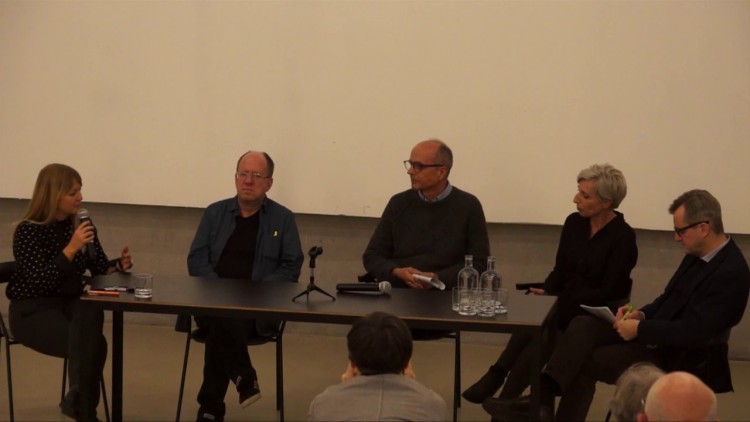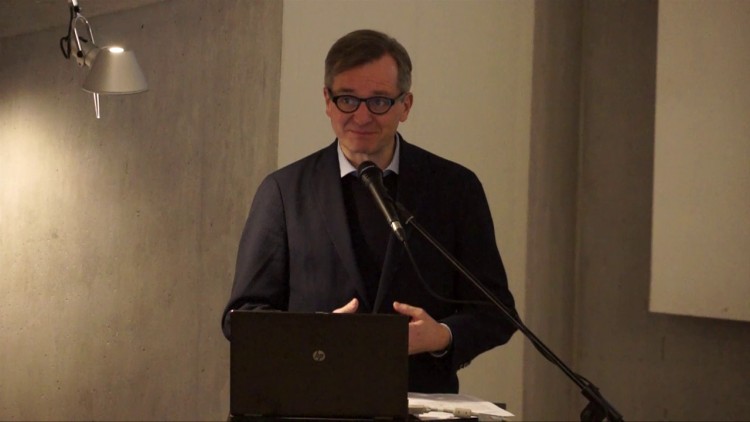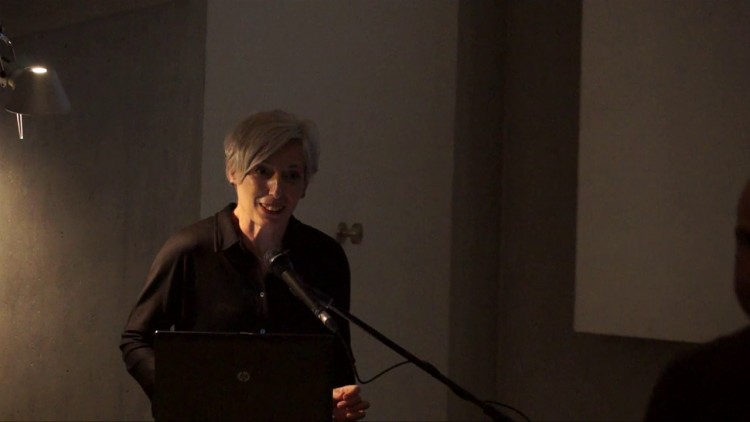Prof. Edvard Ravnikar, the Head of the Faculty of Architecture, Civil Engineering and Geodesy of Ljubljana, introduced a new experimental design programme – the B Course – in 1960. Along with his colleagues, he wished to convey to the younger generation the modern design principles he had been following since the 1950s. To do so, he relied on the most respected pedagogical tradition – that of the Bauhaus school and its post-war successor, the School of Design in Ulm, Germany. The B Course design programme was crucial for the development of Slovene modern design and architecture for a number of reasons: because of its introduction of new work methods based on experimental research, its systematic and analytical approach, and its inversion of the order of the study process – and because of the enthusiasm with which students approached their studies. Although discontinued in its second year, the B Course can be ranked among those European and North American design schools focused on modernization that, in the post-war period, underwent a revision based on modern educational ideas and practices. Most importantly, however, it represents a historic first attempt to introduce a formal university-level design programme in Slovenia.





